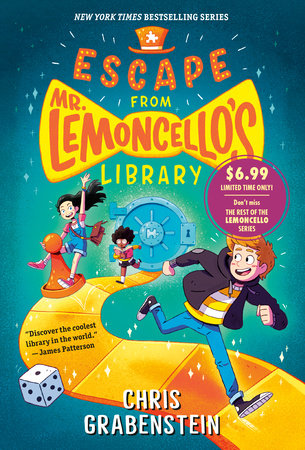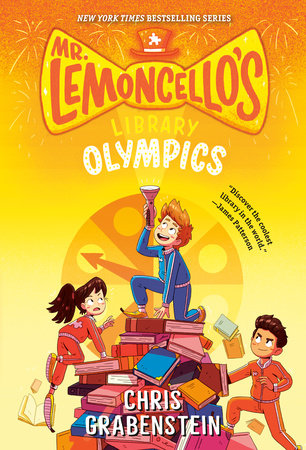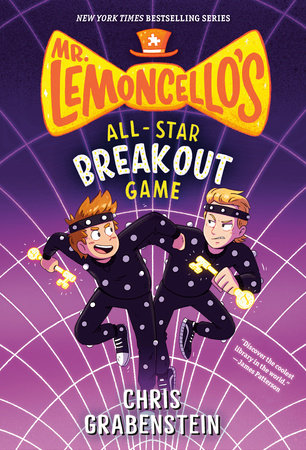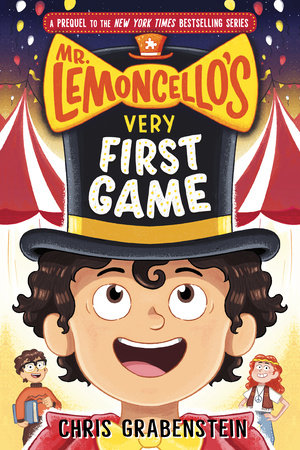Re-Read the Mr. Lemoncello’s Library Series
The BESTSELLING book is now a full-color, fun-packed GRAPHIC NOVEL!
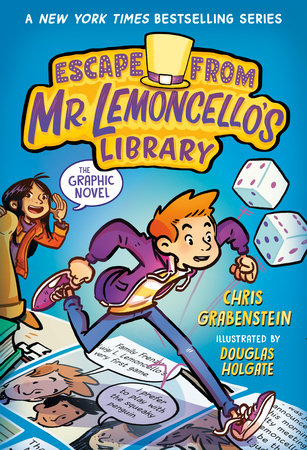
.
Escape from Mr. Lemoncello’s Library
By Chris Grabenstein; illustrated by Douglas Holgate
The Lemoncello books have spent over 100 Weeks on the New York Times Bestseller List and are on 44 State Award Lists!
Find out if game-loving Kyle Keeley can escape from what James Patterson calls “the coolest library in all the world” in this fun-filled graphic novel from the much-loved co-author of Treasure Hunters and the bestselling illustrator of Last Kids on Earth!
When Kyle learns that the world’s most famous game maker, Luigi Lemoncello, has designed the town’s new library and is having an invitation-only lock-in on opening night, he’s determined to be there! But the tricky part isn’t getting into the library–it’s getting out. Because when morning comes, the doors stay locked. Kyle and the other kids must solve every clue and figure out every secret puzzle to find the hidden escape route!

